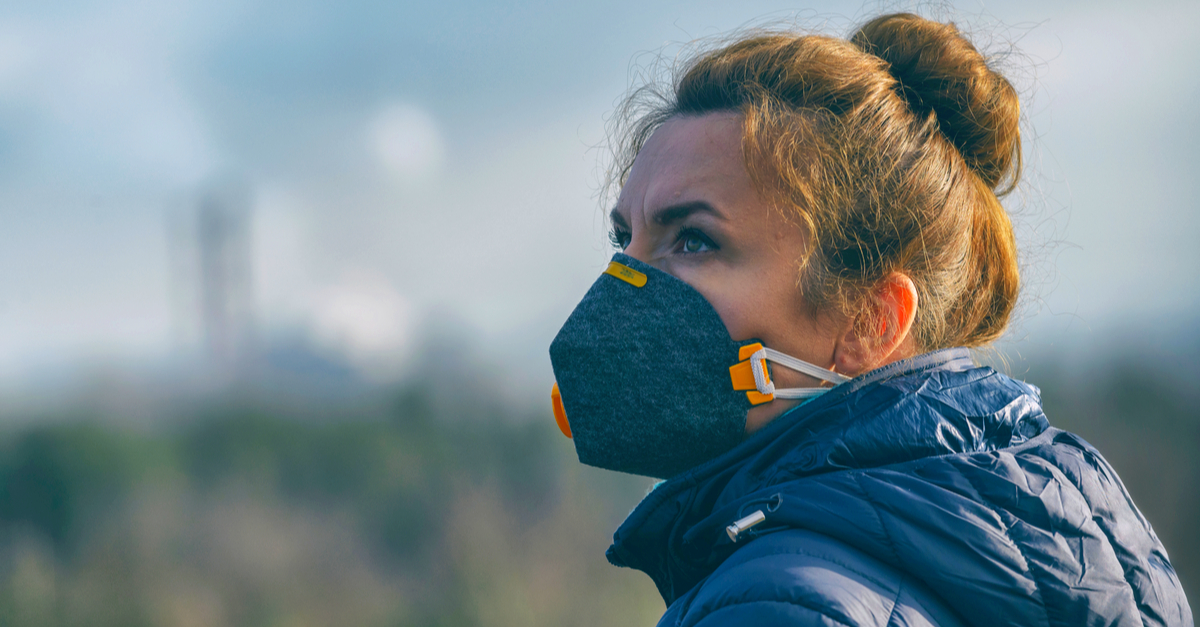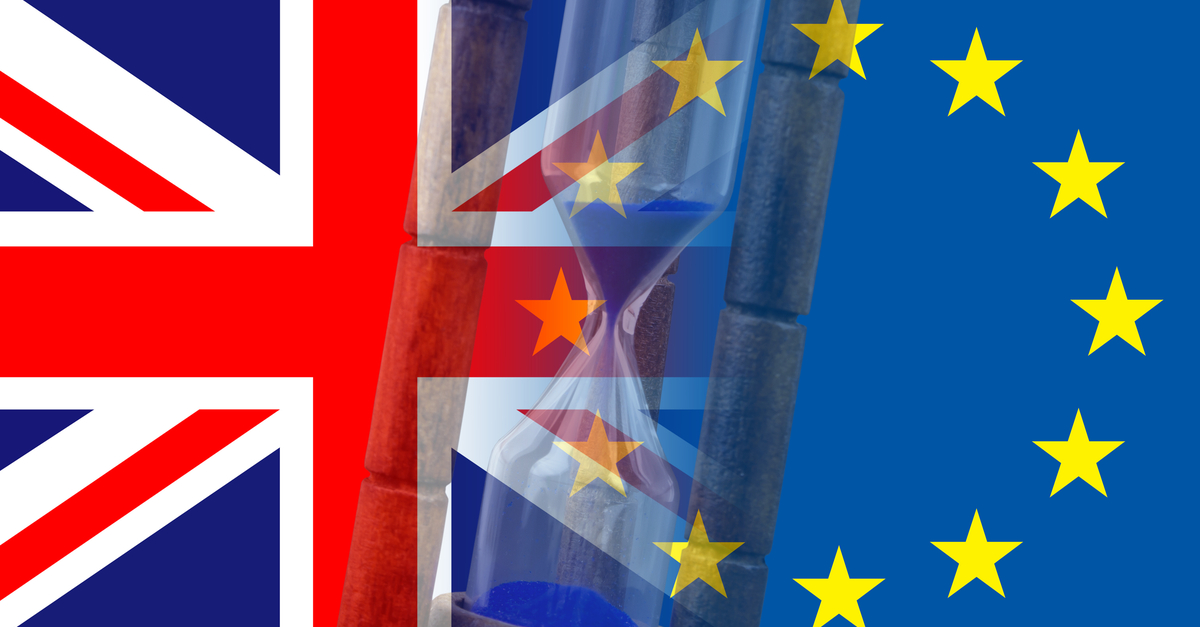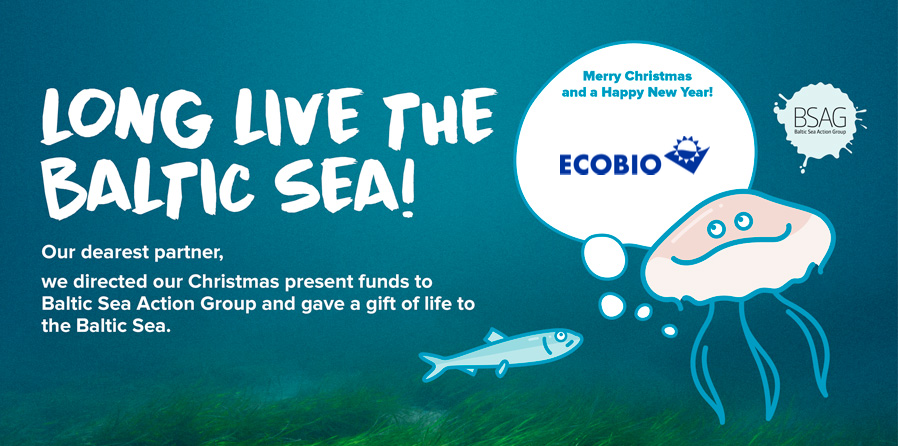
Creating and submitting a safety data sheet, basically a digital document, has technically never been as easy as today. But how about the quality?
Receivers and users of chemicals have “forever” been complaining that many safety data sheets do not meet their expectations. A similar message was heard just before Christmas from the European authorities’ enforcement project on classification and labeling of mixtures in the EU market. With all REACH data and IT tools available, a competent and responsible actor should already be able to prepare good quality documents. Nevertheless, safety data sheets do have many kinds of users, with conflicting expectations and increasingly more frequent updating requirements. Maintaining sheets up to date is therefore not an easy task. But as the complaints of low quality seem to persist, there might be reasons behind to explore.
If chemicals’ hazards are not right, how can any receiver, user or decision maker get reliable information from safety data sheets?
To me as a regulatory professional, the fundamental core is whether chemicals’ hazards are correctly identified, labelled and communicated in the supply chain. This refers indeed to the inspected sections 2, 3, 9, 11, 12 and 16 of safety data sheets. If these are not right, how can any receiver, user or decision maker get reliable information about the chemical hazards and risks of their products and materials?
For improving the availability of reliable information on chemical hazards, I’d pay attention to few important practicalities having recently come across.
The key role of the EU importer
The first issue is a reminder of the key role of the EU importer. In global supply chains the EU importers should be the ones implementing the world’s most ambitious regulations to their chemicals. Do EU importers get reliable information for identifying the most hazardous substances in the EU, starting typically from 0.1 % concentrations? A supplier safety data sheet created in the country of origin is not enough. EU regulations are not globally valid.
Not all chemicals on the EU market need to be comprehensively tested in low volumes
Secondly, not all chemicals on the EU market need to be comprehensively tested in low volumes. Hazard data, especially on chronic properties can still be lacking “legally”. The main regulation CLP, detailing classification and labeling rules for marketed products (mixtures), does not require additional testing. REACH should take care of that in the background, generating hazard data for component substances. However, REACH testing requirement starts from volumes of one tonne per substance, extending to chronic endpoints from 100 tonnes on. Eventually, classification of the most hazardous substances (carcinogens, mutagens, reproductive toxicants, respiratory sensitizers; persistent, bioaccumulative and environmentally toxic or mobile substances; and especially endocrine disruptors) are ultimately harmonized by authorities’ assessments. Classification process for harmonized chronic hazards may take many years.
How to find reliable information of new alternatives not yet properly tested?
If someone is looking for new alternatives, for example to substitute an existing hazardous chemical, finding new reliable information can be challenging. If the quality of suppliers’ safety data sheets is low, or the most hazardous properties are not yet allowed to be tested, how to make well informed decisions on the best alternatives for future products?
Benefits of quality
Ultimately, poor quality safety data sheets may result in biased business decisions and investments. They may cause operational delays and surprises regarding usability of the raw material, product, application or access to market. They add operational costs and workload for the whole supply chain, and the big picture might be lost. From the occupational health and safety point of view, missing information on hazards and risks hinder their proper identification, management and communication.
Ability to provide good quality safety data sheets, correct labels and ultimately safer products in a timely manner tells a lot about the quality and responsibility of the supplier. If generated early enough, high quality information will enable early identification and investments on sustainable products and technologies and prevent wasting resources on hazardous sunset chemicals. Forerunners will benefit from their strategic investments on good quality information, enabling fact-based decisions.
In the real life, the trickiest question nevertheless remains: which quality is good enough? Good quality is always fit for purpose for the users, and the result of continuous improvement.

Contact:
Helena Niemelä
Leading consultant
helena.niemela@ecobio.fi
This article reflects the views of the author, with 15 years’ experience on REACH implementation and submissions of nearly 100 REACH registrations, providing data content to numerous safety data sheets. Ecobio can help our customers also in improving the quality of their key safety data sheets. Read more about our services














